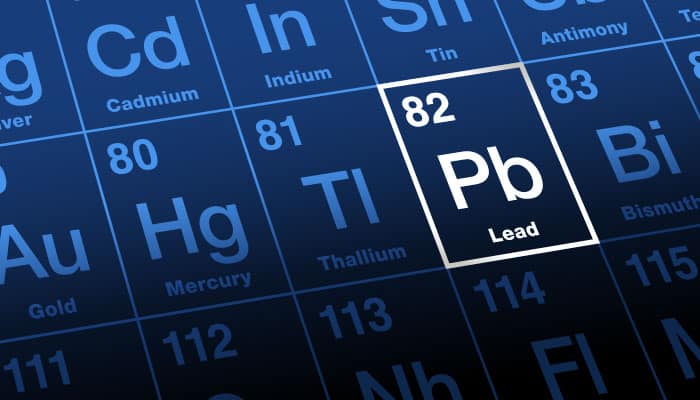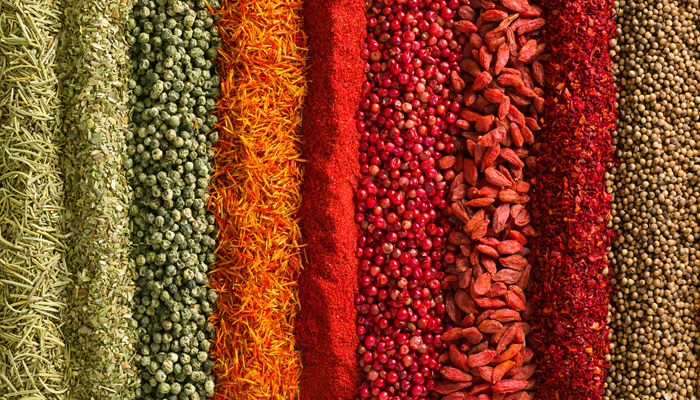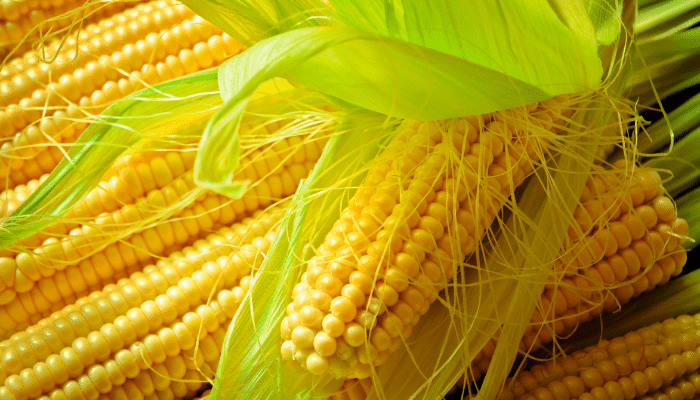

Heavy metals are metallic elements naturally present in our environment, considered toxic in high concentrations, and which can accumulate in living organisms, including humans.
The main metals are lead, mercury, cadmium and arsenic, which are reputed to be particularly dangerous for human health because they can cause numerous health problems: brain damage, nervous system disorders, cancer, developmental disorders, reproductive problems, etc.
Consumption of contaminated food and water is the main source of exposure to heavy metals, which is why it is so important to control this health risk. In recent years, new European regulations have come into force to ensure consumer safety, and our Phytocontrol laboratory can help you with your control plan to manage this risk.
Current and future regulations on heavy metals
EU regulation 2023/915 sets maximum levels for lead, cadmium, arsenic and mercury in human foodstuffs.
Here's an overview of the latest changes to this regulation!
LEAD
EU Regulation n°2021/1317 in force since 30/08/2021 :
- Lowering of maximum levels in offal and certain foodstuffs intended for BBF.
- New maximum levels have been set for wild mushrooms, fresh ginger and turmeric, wine liqueurs, spices and salt.
CADMIUM
EU regulation no. 2021/1323 in force since 31/08/2021 :
- Lower maximum levels in fruit, vegetables and cereals.
- Setting new maximum levels for nuts, dried pulses, oilseeds, salt and certain other BBF products.
MERCURE
EU Regulation 2022/617 in force since 03/05/2022 :
- Setting of new maximum levels for certain fish and salt.
It should be noted that MRLs for mercury are also set out in Regulation 2018/73 amending Regulation EC 396/2005.
INORGANIC ARSENIC
EU Regulation 2023/465 in force since 26/03/2023 :
- Lowering of maximum levels in non-parboiled milled rice (polished rice or white rice).
- Setting of new maximum levels in rice flour, non-alcoholic rice-based drinks, foodstuffs intended for BBF and fruit juices, reconstituted fruit juices and fruit nectars.
ARSENIC TOTAL
EU Regulation 2023/465 in force since 26/03/2023 :
- Setting a maximum salt content.
NICKEL
A draft EU regulation is currently under discussion.
- Setting maximum levels in nuts, vegetables, seaweed, dried pulses, oilseeds, cereals, cocoa and chocolate products, foodstuffs intended for BBF and fruit juices, fruit nectars and vegetable juices.
Directive 2002/32/EC sets maximum levels for total arsenic, cadmium, lead, mercury and fluoride in animal feed.
With regard to inorganic arsenic, a recommendation for monitoring in animal feed was published in 2022.
A draft text plans to modify the maximum levels for total arsenic, cadmium and lead set out in Directive 2002/32/EC.
A nickel content should be added for the following feed materials: glycerol-esterified fatty acids, mono-, di- and triglycerides of fatty acids, fatty acid salts, crude fatty acids, pure distilled fatty acids, crude glycerine and glycerine.
The Phytocontrol solution for heavy metals
Phytocontrol identifies and quantifies all metals in food as quickly as possible, by combining the most modern preparation and detection technologies:
- Mineralisation by microwave in a closed system under high pressure or by open Digiprep system and detection/quantification by inductively coupled plasma mass spectroscopy (ICP/MS).
- Arsenic speciation (arsenite AsIII, arsenate AsV, arsenobetaine AsB, arsenocholine AsC, monomethylarsonic acid MMA and dimethylarsinic acid DMA) by LC-ICP/MS with quantification limits as low as 0.02mg/kg.
- Mercury speciation (Methylmercury and Mercury II) by LC-ICP/MS with a quantification limit of 0.02mg/kg.
- Determination of fluorine in animal feed using a specific electrode.
Phytocontrol is accredited by COFRAC for the analysis of TMEs in all foodstuffs intended for humans and animals, in baby food and in water.
Est-ce que l'article vous a été utile?
Note moyenne 0 / 5. Nombre de votes : 0
Aucun vote pour l'instant ! Soyez le premier à évaluer cet article.




